Re-Dock is a collective of artists working in the North West of England and beyond. Co-founder, Neil Winterburn tells more about some of their interdisciplinary projects and their upcoming exhibition in Liverpool.
Established in Liverpool in 2008 by artists Tim Brunsden, Sam Meech, John O’Shea and Neil Winterburn, Re-Dock examine sites of cultural common ground such as cinema, dreams and open source development, by working with others to unpick and rebuild them.
‘Can you hear me? I can see you?’ is a new Re-Dock exhibition opening at FACT Liverpool on Friday 17 May. The exhibition continues until Sunday 2 June.
Over a 6 month period, we have worked with residents of sheltered housing schemes to re-examine contemporary telepresence devices such as Skype, in relation to the many waves of technology they have already ridden, and fantasy visions of communication portals from film and literature.
The exhibition will feature working prototype telepresence devices, designed in collaboration with the residents, that make use of Skype, lasers and a mixture of very old and very new optical illusions. The devices are displayed as props to send messages and think critically about telepresence and its affects.
As projects are the basic building blocks of our collaborations, it seems to make sense to introduce a couple.
The Open Source Swan Pedalo, christened Grace, was bought by Re-Dock in 2010. It was initiated as a ‘see where it goes’ artwork partly in response to the instrumental use of art in the public realm. The project offers people the use of Grace, as a platform with which to do something interesting. Uses so far have included operas, interviews and pirate radio transmissions. People submit their proposals to the community of custodians known as Swandeliers and if the proposal is viable, interesting and passes certain criteria, then we try support it. The practical and social challenges to growing an open source community around something as friendly and cumbersome as a Swan Pedalo, is both an exemplar and a challenge to the utopian vision of open source software culture.
Dave Lynch and Philip Jeck, who came aboard to discuss his music and perform live on the Swan.
Swan Pedalo Broadcasts were aired live from the Open Source Swan Pedalo over the 5th and 6th of August as part of Barrow’s FON Festival.
Photo credit: Rebecca Mulvaney
A Small Cinema is a project exploring what cinema used to be, and what form it might take in the future, through research, events, experiments, film-making and community dialogues. The aim is to understand the relationship of cinema to community, to test models of temporary film exhibition, and question what a future cinema ecology might look like. For each iteration of A Small Cinema, the archetypical cinema experience is rebuilt from memory by a community formed around the process. The most ambitious Small Cinema yet was built in Moston in 2012, resulting in a 70 seat cinema, gaining national recognition for the Miners Community Arts centre. In the first year the cinema has begun to find it’s own momentum as a functioning community film facility; showing documentaries by local film-makers, hosting regular film-clubs and screenings by other local organisations, as well as developing relationships with independent distributors to show new releases. All this, run by local volunteers, in a former miners-wash-house in North Manchester.
Karl Davies, Sam Meech, Mena and Steve Aldred standing outside A Small Cinema in Widnes.
Early in our development we were keen to avoid the Tyranny of Structurelessness, a term coined by Jo Freeman to describe the threat that a complete lack of formal structure can pose to the democracy of small groups. She argues that without formal structure, there is often nothing to stop small groups being dominated by overbearing personalities. Informed by this we try to adopt a playful, but scrupulous use of formal structures to keep each other on our toes.
Understanding art practice to be inseparable from the social fabric it works with, we try to give a great deal of consideration to the way we organise ourselves and how we relate to other communities and institutions. Working on a project by project basis, with an ever expanding network of collaborators, we rotate between leading and supporting roles. This enables us to temporarily harness the energy and direction that comes from having someone take a lead, while avoiding falling into entrenched working methods and relationships.
When we chose the name Re-Dock, it was because we enjoyed the interplay between notions of reexamination (Redux) and making use of the maritime metaphor of the Dock, to describe bringing things in, exploring them and sending them back out again changed. Over time, Re-Dock has become more porous, we have found it more interesting to open out than to scale up. The “Can you hear me? I can see you! ” exhibition is one good example of this and we have also supported the development of other artists and creatives e.g. Rebecca Mulvaney’s Chapbooks work placement.
Beyond Re-Dock, we all continue to explore our personal artistic practices, delving into biotech, videosmithery, real time film making experiments and thought visualisations.
As the intersection of art, technology and people is becoming an increasingly crowded cultural space, it seems more and more important for artist led groups to organize in ways that stimulate deeper and richer relationships between the three.


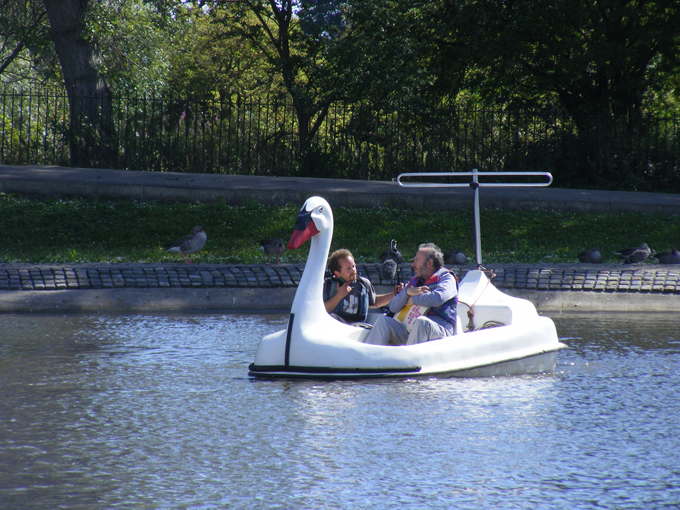
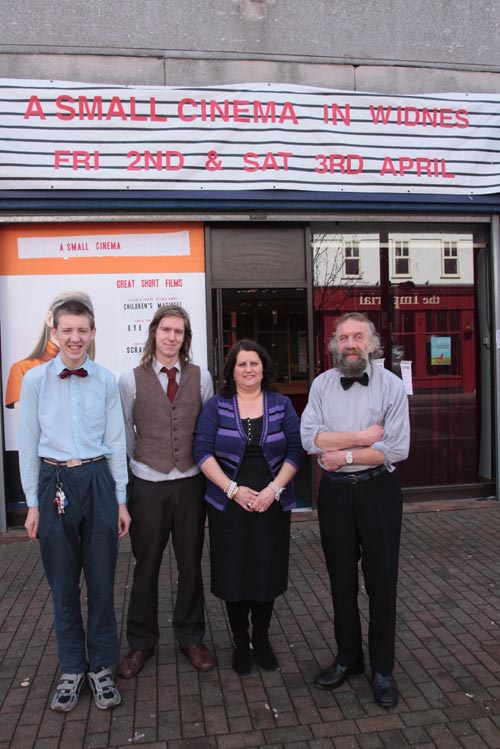
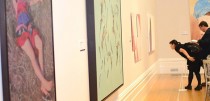
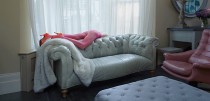
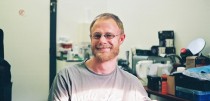









Comments